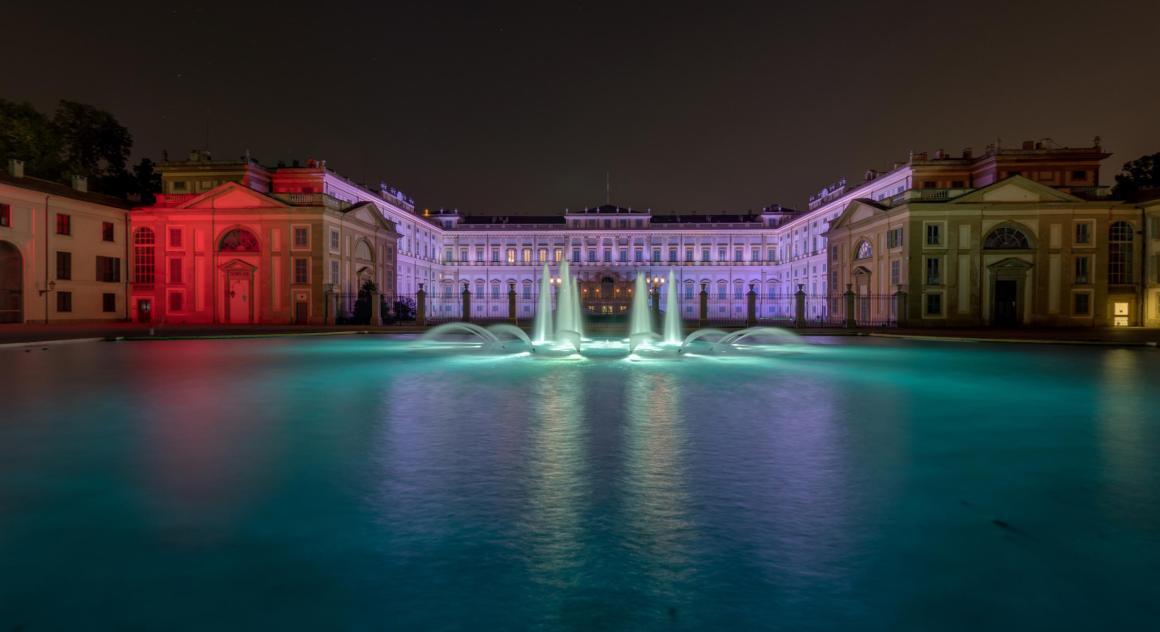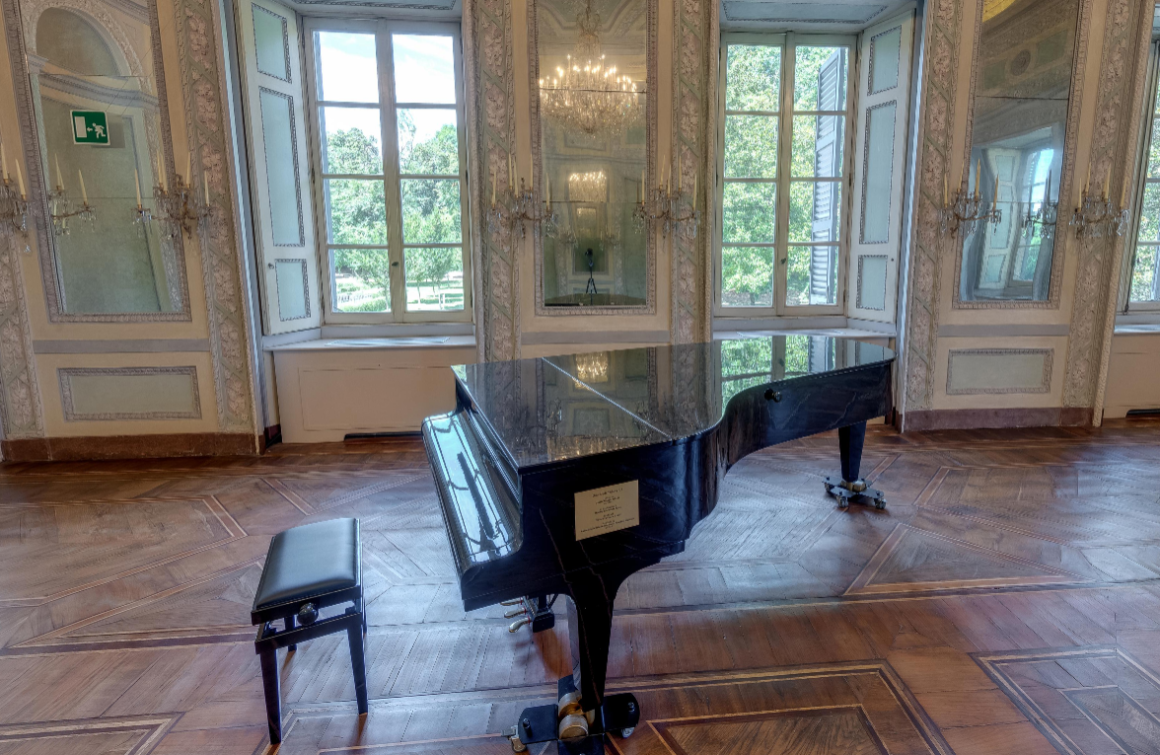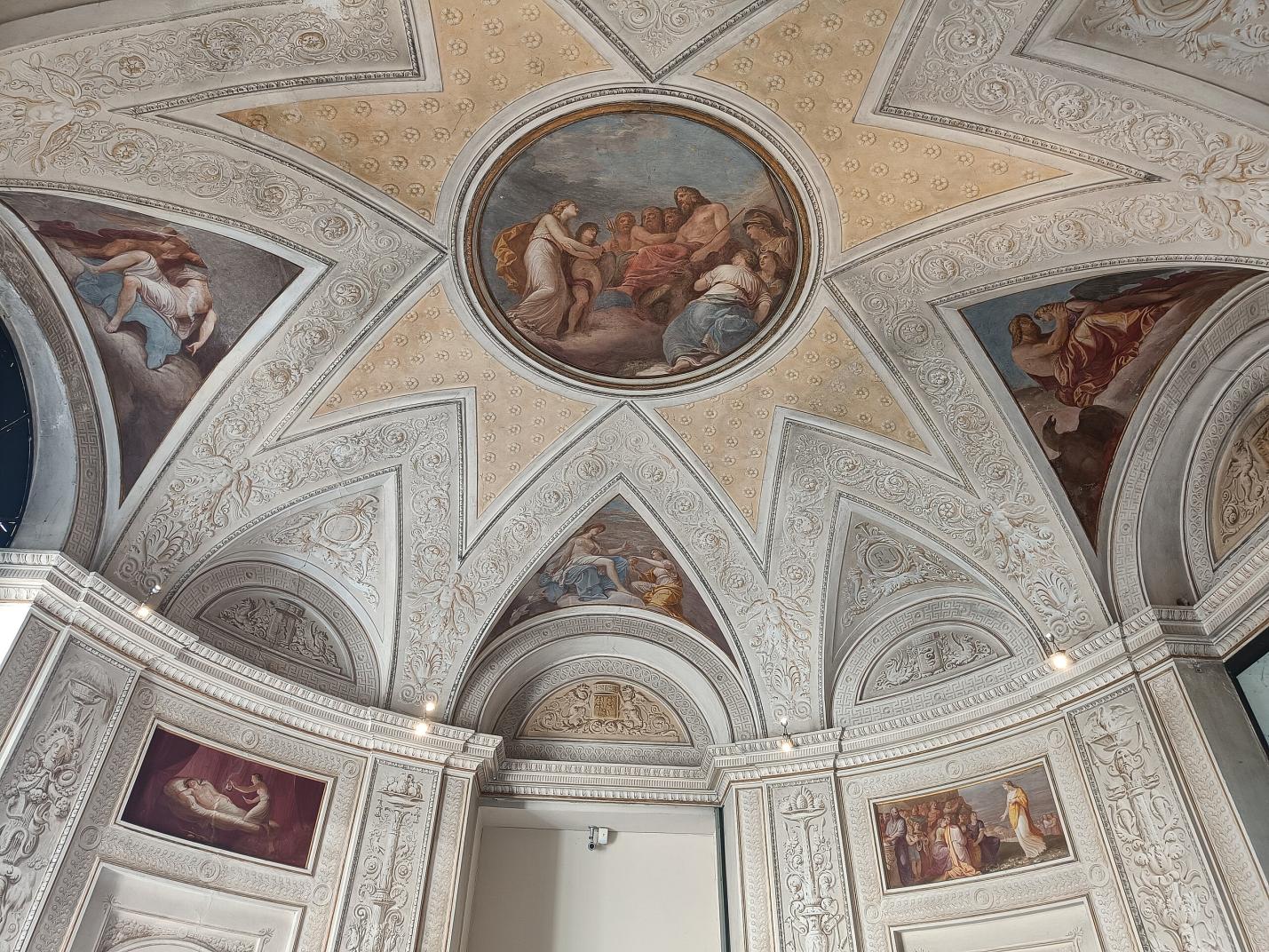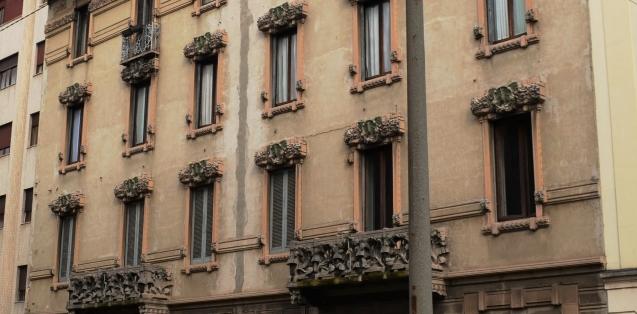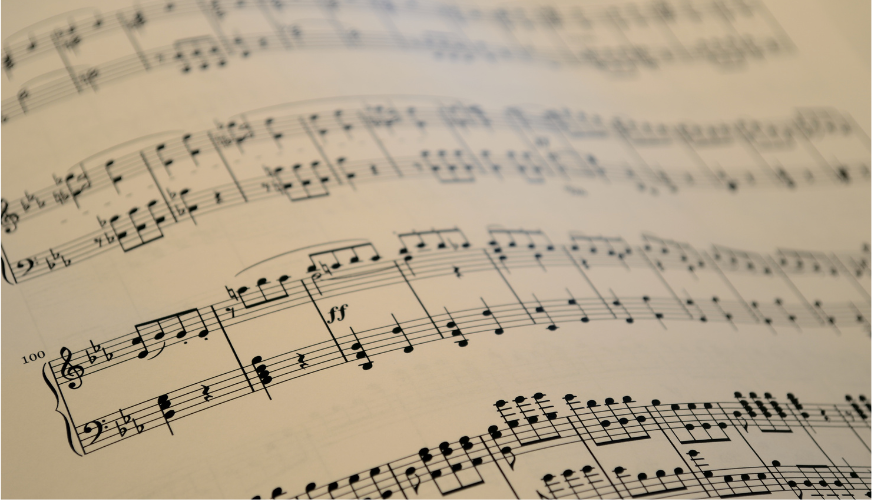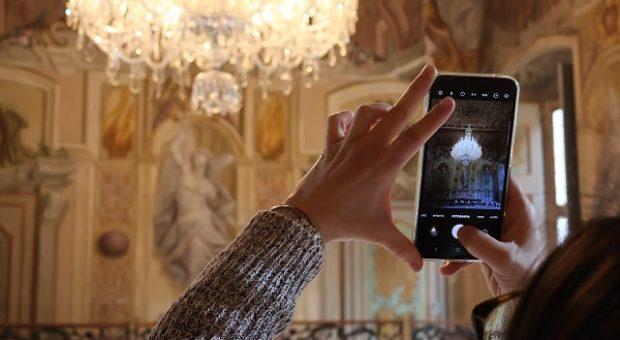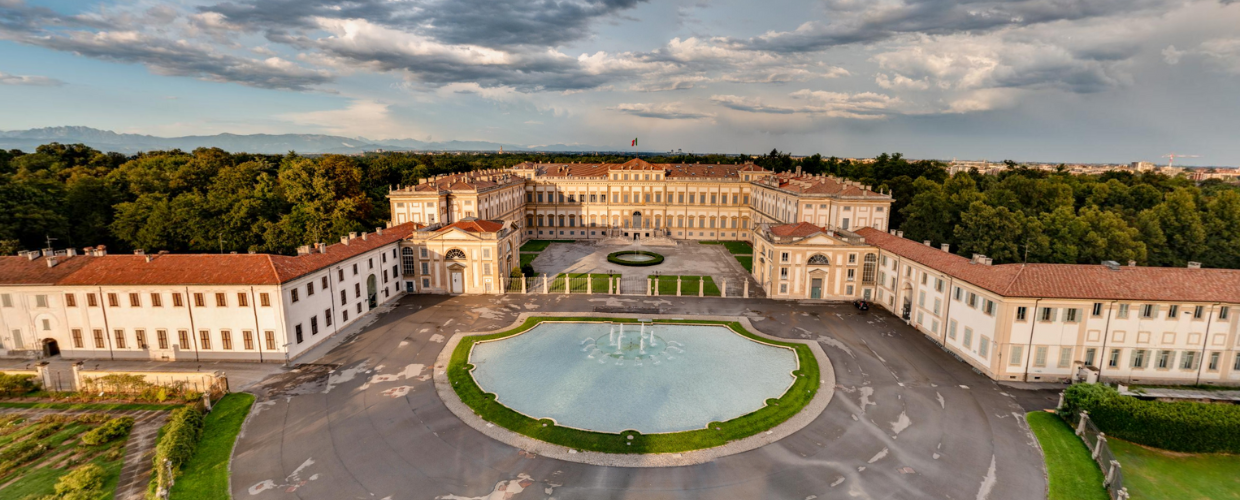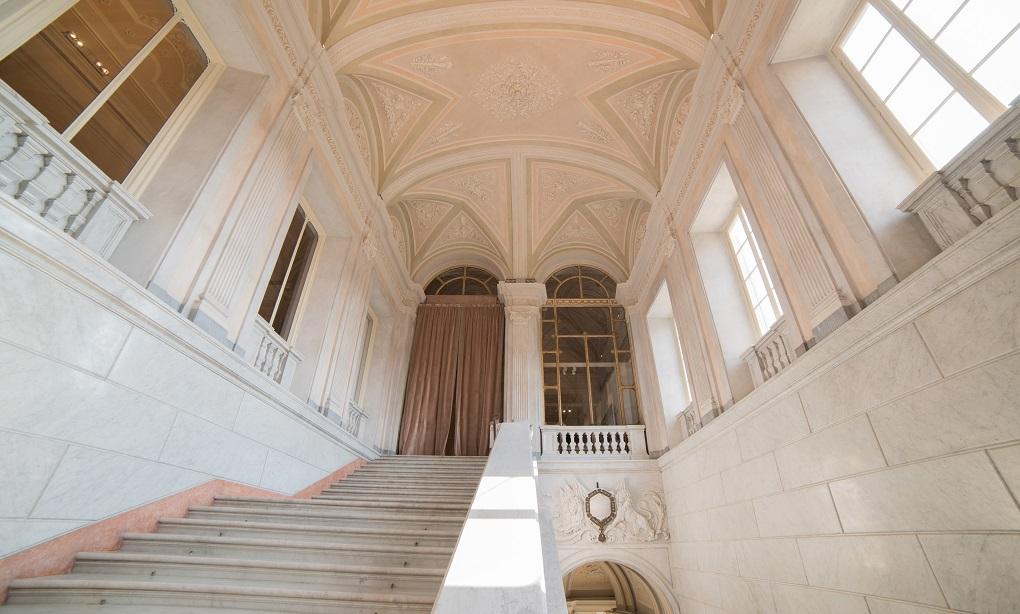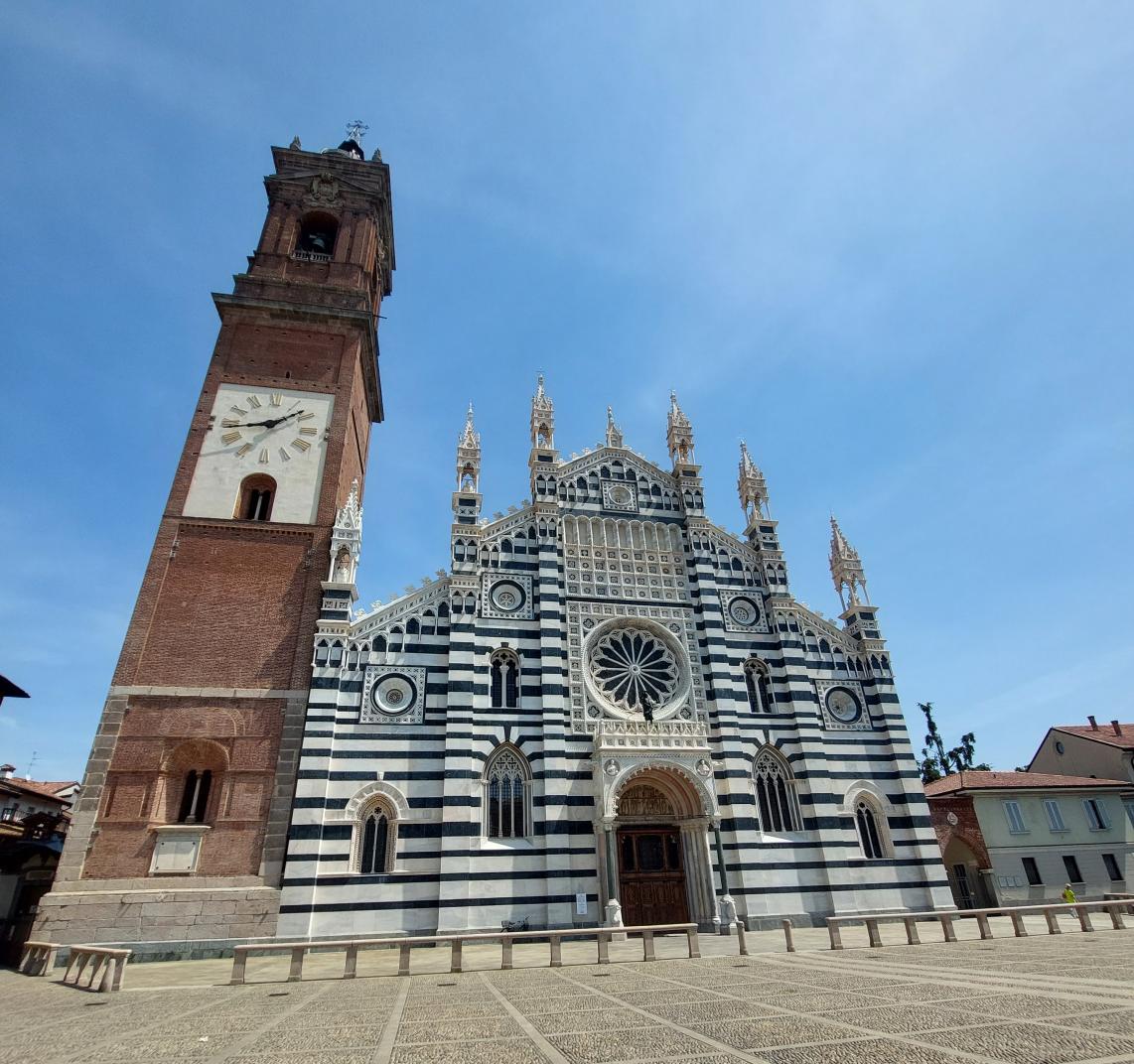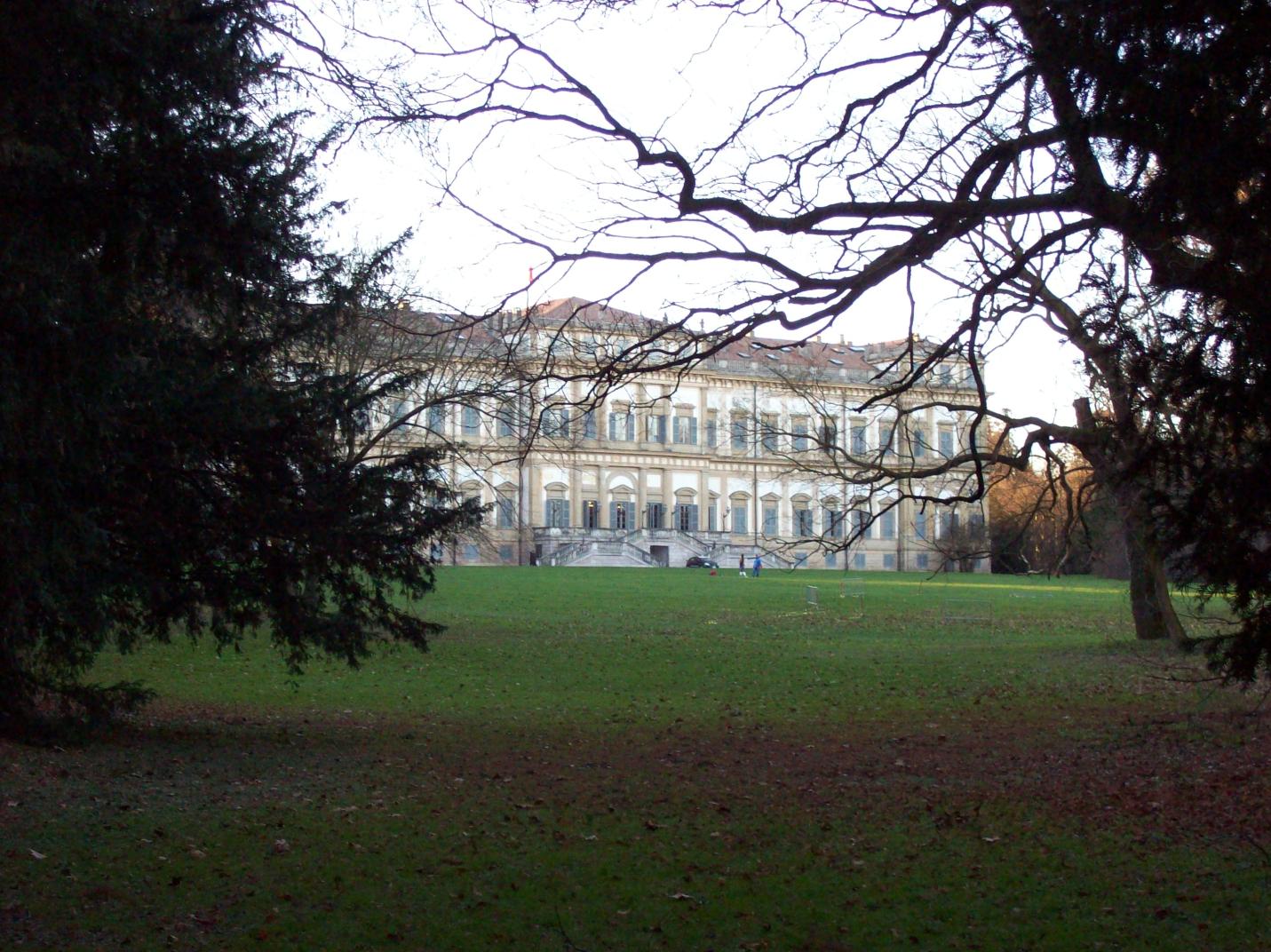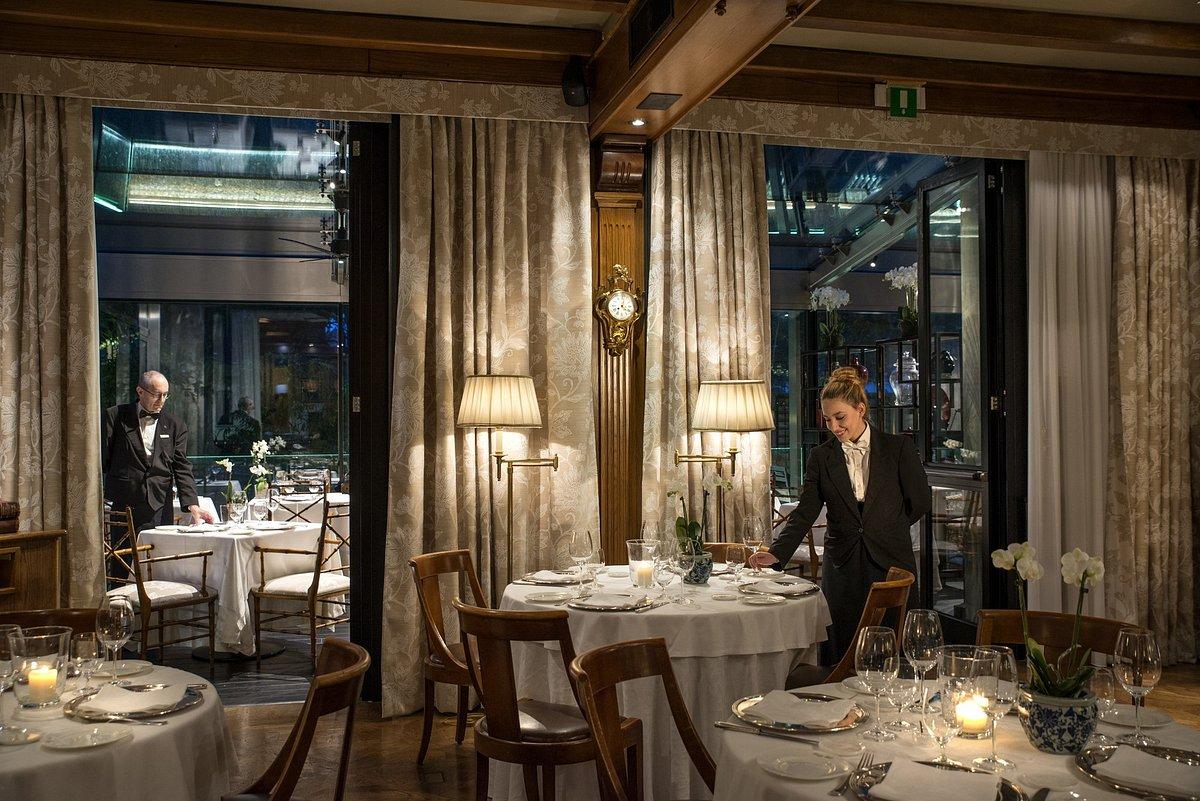The Gardens of the Royal Villa, Park and Reggia constitute a complex of inestimable landscape, historical, monumental and architectural value. Placed in an area of very strong urbanization, it plays an important role in the naturalistic-ecological aspect: an irreplaceable lung for the surrounding area, but also an oasis of refuge for many animal and plant species.
A visit to the Reggia di Monza allows you to discover the splendid Villa Reale di Monza with its Rose Garden, the Royal Gardens and the vast Monza Park.
VILLA REALE
The Royal Villa was built between 1777 and 1780 to the design of imperial royal architect Giuseppe Piermarini at the behest of Archduke Ferdinand of Habsburg, Governor General of Austrian Lombardy, and thanks to the substantial funding bestowed by his mother, Empress Maria Theresa of Austria. The U-shaped plan solution was typical of 18th-century Lombard villas. From the central body stretched at the front two wings of the same height terminating in two lower cubic foreparts, the Court Chapel on the left and the Cavallerizza on the right, bordering the courtyard of honor. There was then a wide semicircular avancourt and two other buildings tangent to the "U-shaped" body and destined for services, where the Court Theater, built in the early 19th century by Luigi Canonica, the Serrone (1790) ancient citrus greenhouse and the Rotunda (1790) a connecting element between the service wing and the Serrone, later found their place. Parallel to the latter, ran the ancient citrus garden (which has housed the "Niso Fumagalli" Rose Garden since 1964).
After the last difficult years of Austrian rule and with the Unification, the villa and park were donated by Parliament to King Victor Emmanuel II (1862). The king, in turn, gave them to his eldest son and crown prince Umberto on the occasion of his marriage to his cousin Margherita of Savoy. In 1878 Umberto ascended the throne and made Monza the court's summer residence.
This is certainly, after the origins, the most significant moment in the villa's building history. Indeed, the new guests wanted a radical modernization and redecoration work, which followed the neo-Rococo taste. The work was interrupted, however, by the sudden death of the king at the hands of the anarchist Gaetano Bresci on July 29, 1900. Personal items from the royal household were then withdrawn, and the mansion was closed and forgotten. Subsequently, only extensive work was able to restore, at least in part, its original appearance.
Visit the Villa Reale di Monza
GARDENS OF THE VILLA REALE
The Gardens of the Villa Reale, whose area is about 40 hectares, surround the buildings of the complex and constitute a heritage of inestimable landscape, historical, monumental and architectural value. Designed by Piermarini, assisted by gardeners sent from Vienna at the behest of Maria Theresa of Austria, the Gardens took shape from 1778 and were the first in Italy to be conceived according to the typological mode of the "English-style" garden with an alternation of patches of trees and lawns, with the presence of grottoes, pools of water, short waterfalls, an artificial hill and a small Doric temple reflected in the waters of a small lake. The feature that has made the Gardens world-famous is the great variety of ultrasecular trees: the green giants among oaks, cypresses, horse chestnuts, and cedars of Lebanon, which in size or botanical characteristics constitute an unparalleled sampling.
ROSETO
TheRoseto "Niso Fumagalli", located in the forecourt of the Villa, was established in 1964 at the behest of industrialist Niso Fumagalli president of the Italian Rose Association, with the aim of extending the love and passion of cultivating this flower. The rose garden, harmonious and functional with its slightly undulating terrain, pond and paths for the public, cleverly fits into the surrounding contensto. Events and guided tours are organized during the flowering season.
Visit the Virtual Tour of Monza






